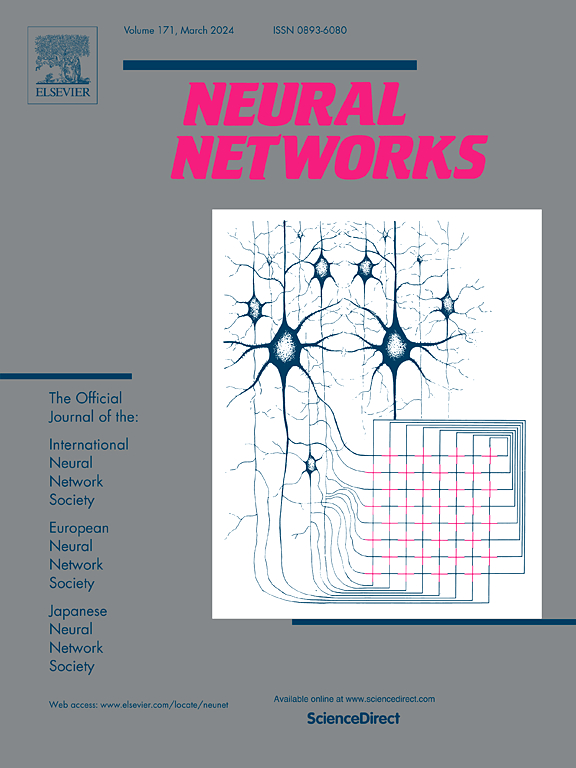Combining various training and adaptation algorithms for ensemble few-shot classification
IF 6
1区 计算机科学
Q1 COMPUTER SCIENCE, ARTIFICIAL INTELLIGENCE
引用次数: 0
Abstract
To mitigate the shortage of labeled data, Few-Shot Classification (FSC) methods train deep neural networks (DNNs) on a base dataset with sufficient labeled data, and then adapt them to target tasks using a few labeled data. Despite notable progress, a single FSC model remains prone to high variance and low confidence. As a result, ensemble FSC has garnered increasing attention. However, the limited labeled data and the high computational cost associated with DNNs present significant challenges for ensemble FSC methods. This paper presents a novel ensemble method that generates multiple FSC models via combining various training and adaptation algorithms. Due to the reuse of training phases, the proposed method significantly reduces the learning cost while generating base models with greater diversity. To further minimize reliance on labeled data, we provide each model with pseudo-labeled data selected by the majority vote of other models. Compared with self-training style methods, this “one-vs-others” learning strategy effectively reduces pseudo-label noise and confirmation bias. Finally, we conduct extensive experiments on miniImageNet, tieredImageNet and CUB datasets. The experimental results demonstrate that our method outperforms other state-of-the-art FSC methods. Especially, our method achieves the greatest improvement in the performance of base models. The source code and related models are available at https://github.com/tn1999tn/Ensemble-FSC/tree/master.
求助全文
约1分钟内获得全文
求助全文
来源期刊

Neural Networks
工程技术-计算机:人工智能
CiteScore
13.90
自引率
7.70%
发文量
425
审稿时长
67 days
期刊介绍:
Neural Networks is a platform that aims to foster an international community of scholars and practitioners interested in neural networks, deep learning, and other approaches to artificial intelligence and machine learning. Our journal invites submissions covering various aspects of neural networks research, from computational neuroscience and cognitive modeling to mathematical analyses and engineering applications. By providing a forum for interdisciplinary discussions between biology and technology, we aim to encourage the development of biologically-inspired artificial intelligence.
 求助内容:
求助内容: 应助结果提醒方式:
应助结果提醒方式:


